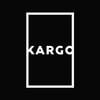Brand leaders from Conagra, Frito-Lay, Danone and Molson Coors joined a roundtable moderated by Kargo CRO Johnny Horgan.
During the first two weeks of the pandemic, consumer packaged goods (CPG) sales increased $8.5 billion. Early on, consumers stocked up on toilet paper, cleaning supplies, water and canned goods, but many other trends also contributed to the surge. For example, with shelter-in place orders keeping people home, concerns about safety in public places, and restaurants closed, people ended up cooking at home. They changed their shopping habits and decreased their frequency of in-store visits, downloading a record number of grocery delivery apps, and developing a preference for at-home grocery delivery and curbside pickup to minimize contact. There is a question now as to what of these shifts in behavior will persist long after this epidemic runs its course.
Advertising Week and Kargo took a deeper look at how CPG brands rose to meet these changing demands. Together we hosted a roundtable moderated by Kargo CRO Johnny Horgan and featuring marketing leaders from some of the biggest players in CPG: Alex Birchmeier, Media Director at Conagra; Marissa Solis, SVP-Core Brands, Partnerships and Media at Frito-Lay; Linda Bethea, Head of Marketing at Danone; Brad Feinberg, NA VP of Media and Consumer Engagement, Molson Coors.
.png?width=520&name=Untitled%20design%20(44).png)
Below are highlights from the discussion.
“There was no playbook for this.”
That was the short answer from Conagra’s Alex Birchmeier to the question of how CPG responded to the pandemic. For all of the panelists’ brands, the pandemic wasn’t just a shift in marketing, but in their broader business models. Supply chains slowed with factory closings. Demand shifted from stores to screens. Media consumption habits moved to new content as live-event programming disappeared. People hoarded food and staples, became less brand loyal, and started buying new products. Stockpiling in particular was a challenge that became a huge opportunity for Conagra. After years of relatively flat sales in the frozen food category, the pandemic caused a 30% jump in demand. Suddenly, Conagra was generating in four months what they used to do in a year. The outcome: they’ve launched 25 new products since the pandemic’s start.
“Fast. Messy. Awesome.”
That’s Molson Coors’ marketing mantra, which has proven to be highly relevant during the pandemic. While each of our panelists’ companies has had its own unique pandemic challenges, they have all relied on speed, agility and empathy to guide their pivots. Frito-Lay created Snacks.com in under 30 days to address the 300% increase in consumer hunger for buying their favorite snacks quickly. Danone responded to consumer demand with the recipes and food storage tips they were craving. Molson Coors quickly shifted from TV spots during live sports to digital ads promoting online beer buying. Finally, Conagra saw such a large increase in frozen food demand that their marketing and supply chain teams learned to work in tandem to ensure they weren’t promoting sold out goods.
“Brands can steer change.”
With the pandemic came added scrutiny on all business practices and their impact on local and global communities. Panelists shared their corporations’ response to the Black Lives Matter movement that gained (hopefully) lasting momentum in the middle of the pandemic. Most of the brands donated money to related causes, started deeper discussions around really doing the work of diverse hiring, and verifying that their partners in business and media were on board with social change, too. With so much upheaval, now is the time for many brands to re-evaluate their entire marketing approach. For example, Conagra has the immediate task of reviewing its Mrs. Butterworth brand and packaging.
Environmental responsibility is also a key pillar for all brands now, and our panelists had a lot of victories to share. Danone has made huge strides in reducing its eco footprint, beating its goal to achieve B-Corp status by 2020 in 2018. Coors Molson continues to build on its pioneering recycling programs—they were the inventors of the aluminum can, after all.
“There is no more set and forget marketing.”
Our panelists were proud that despite all the constant pivots of marketing during a pandemic and seismic social change, their teams rose to meet every challenge. They also all felt they’d become better marketers. Despite all the uncertainties that the near future seems to hold, our panelists were optimistic about their abilities to keep growing their brands and building stronger consumer bonds.
Looking ahead to Q4, CPG marketers know full well that the only preparation they can make is to maximize flexibility. If cases go down, restaurants will open more fully and people will cook at home less. People will return to their offices, and need fewer basics at home. But, if cases go up with colder weather, people could stockpile again. Similarly, holiday travel will increase if it’s safe, while people will spend holidays at home if it’s not.
The teams that rose to the challenge in the spring can be confident that they have the skills and tools they need to weather the ups and downs, creating campaigns that can be quickly adjusted and personalized to fit each unique customer circumstance.


